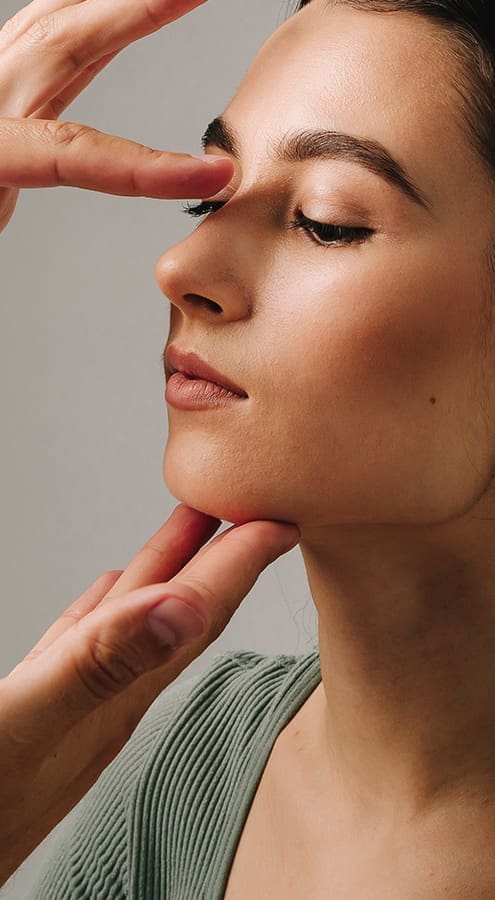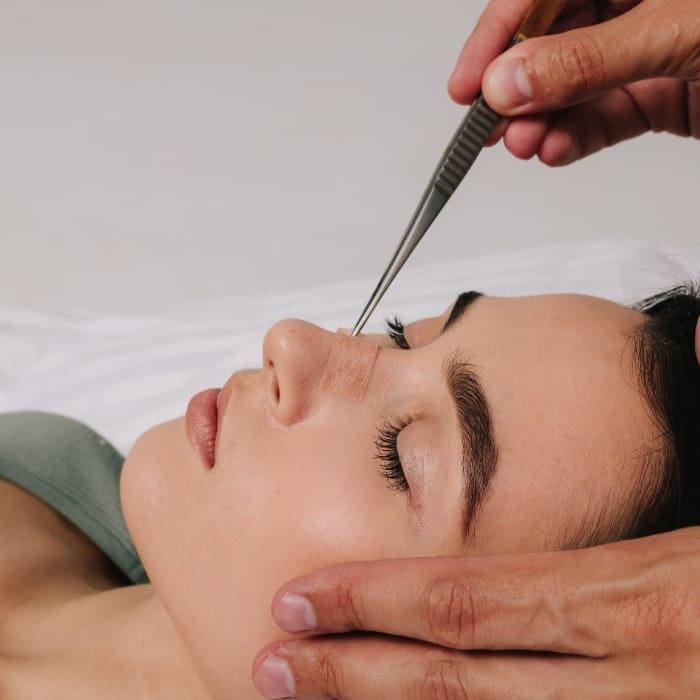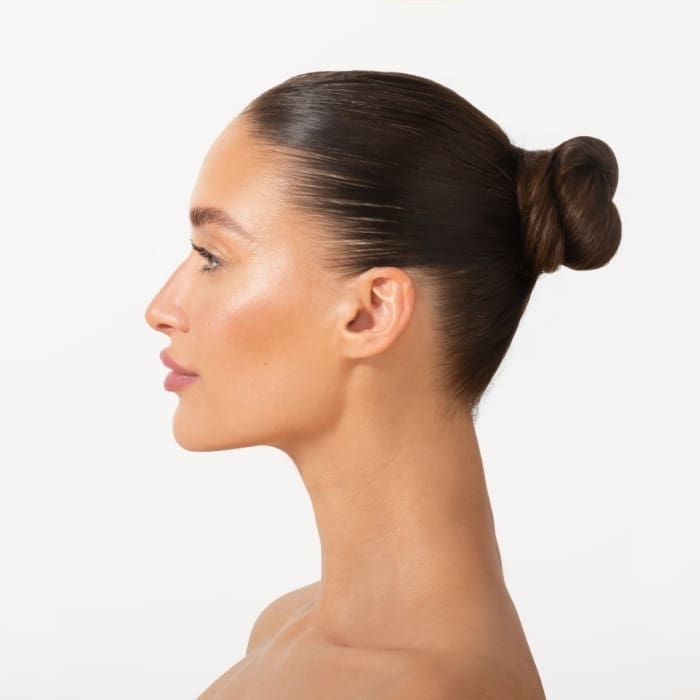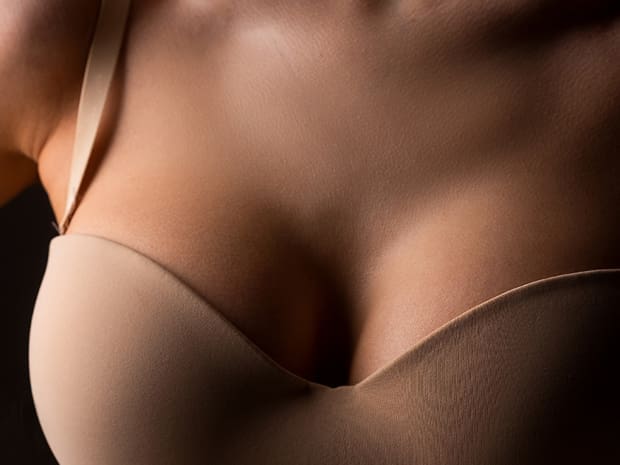The duration of swelling after a nose job varies from person to person. Most swelling will generally subside within the first two weeks following surgery. However, some residual swelling may persist for several months.
It’s essential to remember that the healing process after rhinoplasty is individual and can vary depending on factors such as age, general health, and the extent of the surgery. Swelling is common after rhinoplasty, particularly in the area of the nasal bones, and significant swelling can last for several weeks. Your surgeon can provide a more accurate estimate of how long your swelling is likely to last based on your circumstances.
To help manage swelling and promote healing, following your surgeon’s postoperative instructions is essential.
Tips for Reducing Swelling After Rhinoplasty
Below are some tips and advice to reduce swelling after rhinoplasty. These tips can help individuals recover more comfortably and achieve the best possible outcomes from their procedure.
Rest and Relax
Resting and avoiding strenuous activities can help to reduce swelling and promote healing after rhinoplasty. Follow your surgeon’s postoperative instructions and take time off work or school if necessary.
Elevate Your Head
Keeping your head elevated is one of the most effective ways to reduce swelling after rhinoplasty. Keeping your head elevated promotes the drainage of excess fluids and reduces fluid retention around the nose. You can prop yourself up using pillows so that your upper body rests at approximately 45 degrees or use a recliner to elevate your head. This is particularly important during the first few days after surgery when swelling is typically at its peak.
Apply Cold Compresses
Cold compresses are an effective way to alleviate swelling after rhinoplasty. Constricting blood vessels can reduce blood flow to the affected area, helping to decrease inflammation. To use a cold compress, you can either use a cold pack or wrap ice in a towel and apply it to the area around your nose for 10-15 minutes.
It’s important to avoid applying the compress directly to your skin, as this can cause skin damage. Also, if you have high blood pressure, check with your surgeon before using cold compresses, as they can temporarily increase blood pressure.
Stay Hydrated
Staying hydrated is vital for promoting healing after rhinoplasty. Drinking plenty of water can help flush excess bodily fluids and reduce swelling.
Avoid Salt
Salt can cause your body to retain water, leading to swelling. It is vital to avoid salty foods and snacks after rhinoplasty.
Take Your Medications as Prescribed
Your surgeon may prescribe medications to help manage pain and swelling after rhinoplasty. Taking these medications as prescribed is important to help manage your symptoms and promote healing.
Use Arnica
Arnica is an herbal remedy that has anti-inflammatory properties. It can be taken orally or applied topically to help reduce swelling and bruising after rhinoplasty.
Avoid Alcohol and Cigarettes
Alcohol and cigarettes can both contribute to swelling after rhinoplasty. Avoiding these substances for several weeks after your procedure to promote healing is important.
Wear Your Splint
Your surgeon may place a splint or tape on your nose after rhinoplasty. Wearing this splint as directed is important to help support your nose and reduce swelling.
Follow Up with Your Surgeon
It is important to follow up with your surgeon after rhinoplasty to ensure that you are healing correctly and to address any concerns or complications that may arise. Your surgeon may recommend additional tips for reducing swelling based on your needs and recovery progress.





